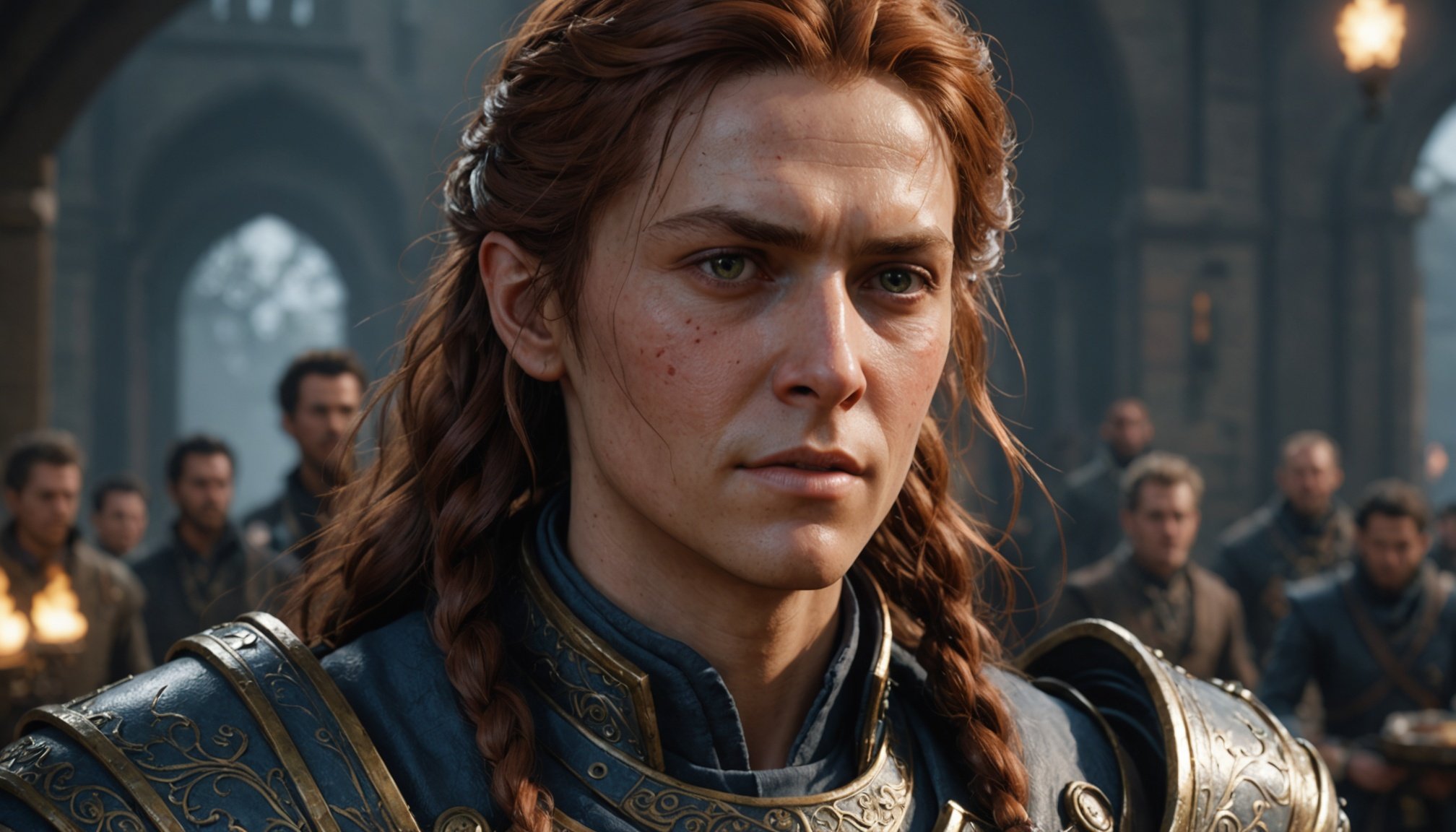Introduction to Machine Learning in Facial Animation
Machine learning is revolutionising the world of animation, particularly in the realm of facial animation, where it plays an important role in creating lifelike and engaging characters. By utilising advanced algorithms, developers can produce nuanced facial expressions that enhance RPG character immersion. This capability allows characters to react authentically, adding depth to storytelling in role-playing games.
The significance of facial animations in gaming cannot be overstated. They contribute greatly to player experience by making interactions more realistic. As players navigate through a game, encountering characters with believable expressions immerses them further into the narrative. This immersion is especially pronounced in RPGs, where character interaction is a core component of gameplay.
In parallel : Harnessing ai to create adaptive music scores for rhythm games: a creative revolution in gaming soundtracks
Key benefits of implementing machine learning for character expressions include:
- Efficiency: Machine learning accelerates the animation process, reducing the time and labour previously required to animate expressions manually.
- Accuracy: Algorithms can achieve a high degree of realism, replicating subtle human facial nuances that enhance character believability.
- Consistency: Machine learning ensures uniformity across different character animations, maintaining an immersive experience throughout the game.
In sum, machine learning is not only a transforming force in animation but also a vital tool for progressing RPG character design to new heights.
Additional reading : Unlocking realistic winter sports: essential techniques for authentic snow and ice physics in game development
Techniques for Implementing Machine Learning in Facial Animations
When it comes to implementing machine learning in facial animations, understanding how to work with available data is essential.
Data Collection and Preparation
Collecting high-quality facial data is the foundation for realistic character expressions. It’s vital to ensure that the data encompasses various emotions, angles, and lighting conditions. Diversity in data sets contributes significantly to creating animations that mirror real-world dynamics. Once collected, preprocessing this data to remove any inconsistencies is crucial for effective training of machine learning models.
Selecting and Training Models
Choosing the right model is integral to capturing the nuances of character expressions. Popular models include convolutional neural networks (CNNs) and recurrent neural networks (RNNs). Training these models involves ensuring a sufficient amount of diverse data and continuously monitoring outputs to hone accuracy. It’s important to evaluate how well these models perform, especially in real-time applications.
Integration with Animation Tools
Several tools and frameworks, such as TensorFlow and Unity, support the integration of machine learning into animation. Artists can enhance traditional techniques by working hand-in-hand with developers, ensuring a seamless workflow. Leveraging both manual artistry and algorithm-driven capabilities enriches the depth and authenticity of animated characters.
Case Studies of Successful Applications
In recent years, the integration of machine learning in RPG development has led to remarkable advancements in animations. One such case study is that of a high-profile role-playing game which utilised these techniques to elevate the player’s immersive experience. By implementing machine learning-driven facial animations, this game significantly enhanced player engagement and received outstanding feedback for its realistic character interactions.
Successful applications of machine learning in RPG development often involve using algorithms to generate nuanced facial expressions that adapt to the game’s narrative context. Such techniques allow developers to create more lifelike characters, drawing players deeper into the story. For instance, algorithms can analyse voice tone and dialogue choice, then dynamically alter in-game animations to reflect the character’s emotional responses.
The impact is twofold: players report a stronger emotional connection with the characters, and developers observe higher user retention rates. These case studies showcase how merging machine learning with traditional design approaches can revolutionise the gaming industry. Developers looking to replicate this success could benefit from closely studying these techniques and their application in real-world scenarios.
The Impact of Enhanced Facial Animations on Player Experience
In the world of role-playing games (RPGs), facial expressions are crucial for creating a rich player experience. Realistic animations facilitate an emotional connection between players and characters, enriching storytelling. This connection is primarily achieved through facial animations that convey emotions, which breathe life into narratives. Engaging facial expressions in RPGs allow for dynamic storytelling and can greatly enhance players’ immersion into the game world.
Emotional Connection and Storytelling
Facial animations play a pivotal role in depicting character emotions. When characters display subtle shifts in expressions, players develop a deeper emotional engagement. Improved animations help in portraying complex narratives, allowing gamers to read emotional states as they unfold. Feedback from players often highlights an increased level of immersion, attributing it to the improved quality of animations that evoke genuine reactions and empathy.
Improving Gameplay Mechanics
Facial expressions can also impact gameplay mechanics significantly. For instance, lifelike animations can influence player decision-making, offering clues through nuanced facial cues. These enhancements enrich gameplay elements and require developers to balance animation detail with performance requirements, ensuring a seamless experience without compromising visual fidelity.
Future Trends and Innovations
The future of character animations in RPGs is promising, with emerging trends in machine learning transforming facial expressions. Predictably, the adoption of these innovations will revolutionise how players interact with virtual characters, though developers may encounter challenges integrating new technologies seamlessly.






